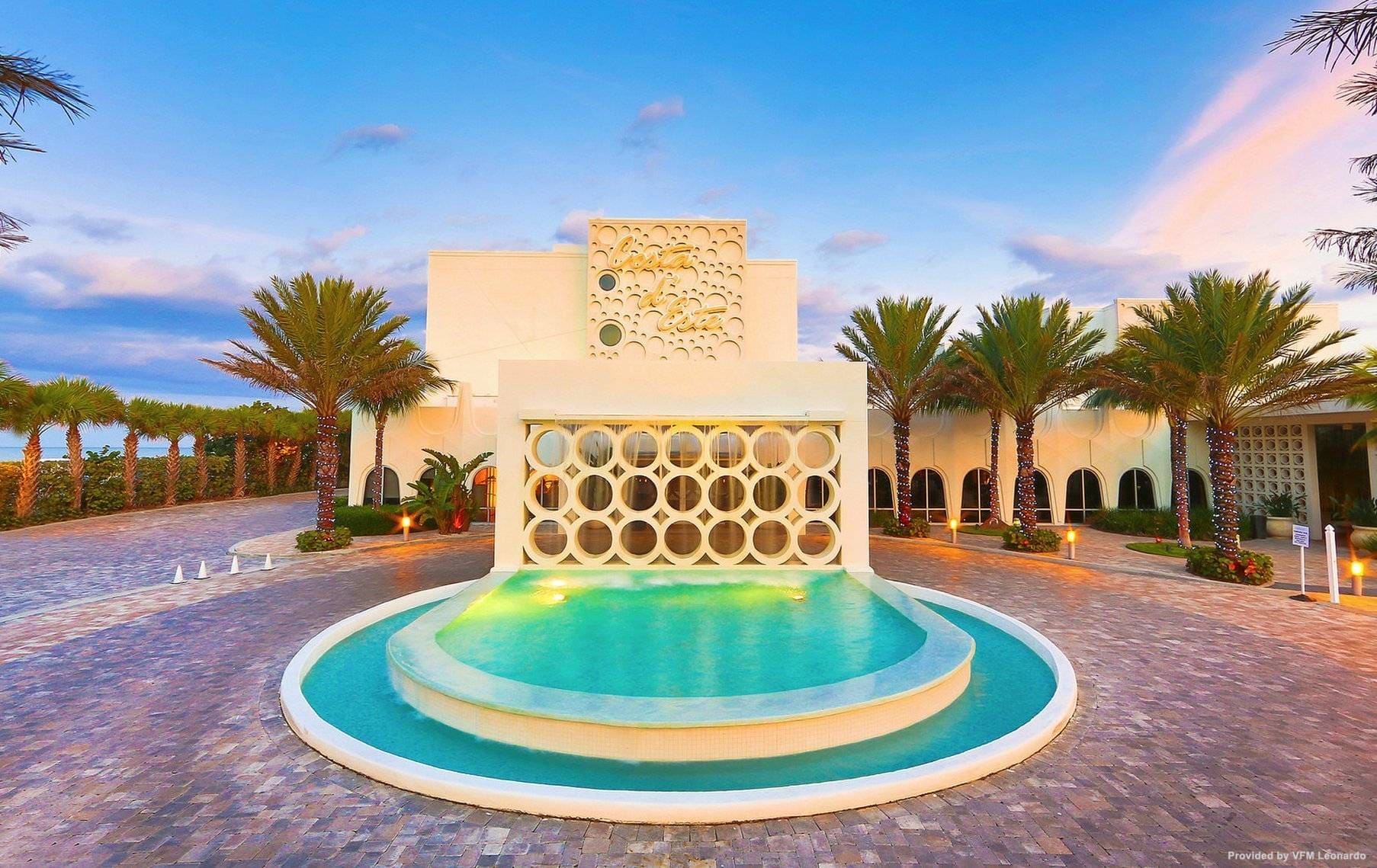Journey Back in Time to See the Creation of C-44, the Greatest Negative Impact to the St Lucie River/Indian River Lagoon.
Image created of structure S-80 along C-44 canal. ACOE web cam and Doc Snook, 2013.


Link to video: Where “did” the St Lucie Canal connect with the South Fork of the St Lucie River?
(https://www.youtube.com/watch?v=gYI34XZUNYs&feature=youtu.be)
I share a video today that I believe to be my most “insightful” blog post since I began writing in 2013. The video above by my brother, Todd, who is an expert in historic map overlays merged with images from today’s Google Earth, communicates and educates in a manner no one map or document could do independently.
The video’s journey shows exactly where the C-44 canal was connected to the South Fork of the St Lucie River. An historic Hanson Grant map reveals the “Halpatiokee River, meaning “alligator river;” with a basis in multiple Indian languages. Because the St Lucie Inlet was not opened, the forks and river were “fresh,” thus alligators lived there. Then flying over a 1910 plat map of St Lucie Inlet Farms. you will see the South Fork of the St Lucie River mapped out. As the image changes over “time” you will see the construction of the C-44 canal, and how it was built right through the middle of South Fork’s north-western prong. In fact, those prongs today on the northerly side, are “gone” as sections 32 and 33 show. Those lands today are agriculture fields. As the journey continues, in the developed areas of St Lucie Farms you will see a very large pond “disappear” near section 25. I find all of this fascinating and kind of depressing… My brother said it best: “Wealth created at the expense of the environment…” Maybe we could create more wealth today going in the opposite direction?
The canal was built by the Everglades Flood Control District and later the Army Corp of Engineers, at the request of the state of Florida and Stuart Chamber of Commerce head Capt. Stanley Kitching and other “leaders.” (From conversation with historian Sandra Thurlow).
According to the Department of Environmental Protection’s Eco-Summary from 2000, the C-44 canal was begun in 1924 and completed in 1924. The document states:
“Next to the permanent opening of the St Lucie Inlet which changed the St Lucie River from a freshwater river to a brackish estuary, the construction of the C-44 has had the greatest impact on the St Lucie Estuary….Records show people have been complaining since the 1950s and there are numerous problem associated with the C-4 Canal…
The article discusses the prevalence of fish lesions due to too much fresh water, sediment smothering benthic communities, seagrass destruction, and the continued heavy nutrient and pesticide loading from agriculture and development in light of a tremendously enlarged basin coupled with massive periodic releases from Lake Okeechobee. (https://www.dep.state.fl.us/southeast/ecosum/ecosums/C-44%20Canal%20.pdf)
The DEP Eco Summary also states: The canal..“was originally designed to enter Manatee Pocket instead of the South Fork of the St Lucie River. ”
Hmmm?
Interesting isn’t it… to ponder what would have been different if the canal had gone through the Manatee Pocket instead? Certainly the St Lucie River would have been spared but the Pocket, near shore reefs, and inlet surrounding perhaps full of even more contaminated silt and high impact nutrients. Best of all the canal would have never been built but that reality we cannot change…or can we?
Most important today is to know where we have come from so we can redirect where we are. Please take a look at the very short video, put your thinking cap on, and let’s get the state, federal and local governments delivering on what they have documented as problematic for Florida’s waters since the 1970s. Only the people will change this problem, not the government.


Video creator: Todd Thurlow, P.A. (https://thurlowpa.com)
ACOE, Army Corp o fEngineers, Lake Okeechobee: (https://www.saj.usace.army.mil/Missions/CivilWorks/LakeOkeechobee/OkeechobeeWaterway(OWW).aspx)










